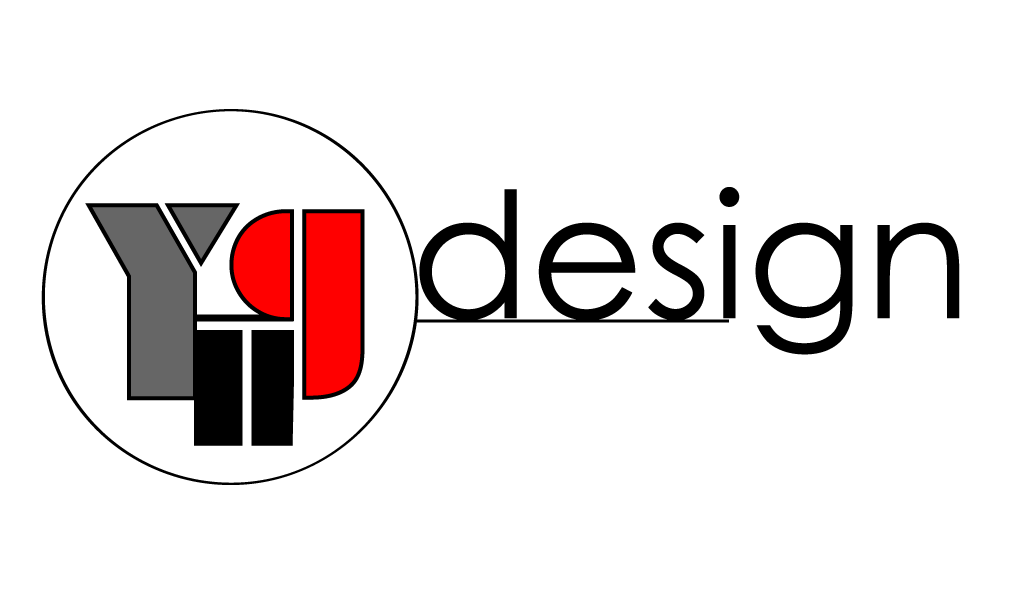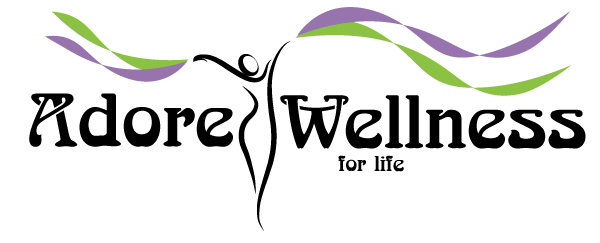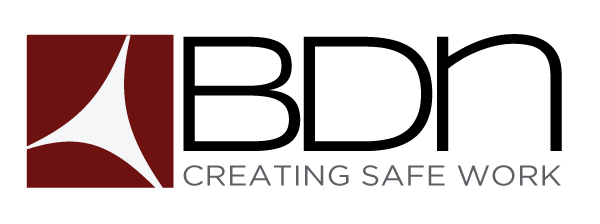Logo Design
Choosing YTG to design your company logo means partnering with a team that combines creativity, strategy, and precision to craft a visual identity that sets your brand apart. We understand that a logo is more than just an image—it’s the face of your business, representing your values, vision, and mission. Our expertise lies in creating designs that are not only visually striking but also tailored to resonate with your target audience and industry. Let YTG bring your brand to life with a logo that captures attention, inspires trust, and leaves a lasting impression.
Here’s an expanded explanation of the seven types of logo designs:

1. Monogram Logos (or Lettermarks)
Monogram logos are simplified designs that consist of a few letters, typically brand initials. These logos are ideal for companies with lengthy names, using the initials to create a sleek and memorable design. Famous examples include IBM, CNN, and HP. The focus is on typography, and the font choice is crucial to reflect the brand’s identity.
When to Use:
• When the full company name is long or complex.
• To create a recognizable and professional aesthetic.

2. Wordmarks (or Logotypes)
A wordmark logo uses the full business name as the primary design element, emphasizing typography. This type of logo often relies on unique, custom fonts or stylized text to stand out. Examples include Google, Coca-Cola, and FedEx.
When to Use:
• For new businesses with a distinctive name.
• When the brand name itself is memorable and central to the identity.

3. Pictorial Marks (or Logo Symbols)
Pictorial marks are graphic-based logos that use a recognizable image or symbol to represent the brand. The symbol is often iconic, easily associated with the company over time. Examples include the Apple logo and Twitter’s bird.
When to Use:
• For brands with global reach or instant recognition goals.
• To evoke a specific emotion or association using imagery.

4. Abstract Logo Marks
Abstract logo marks are geometric or conceptual designs that represent the brand in a non-literal way. They focus on conveying the brand’s essence, values, or story through creative shapes and patterns. Examples include Pepsi and Nike’s swoosh.
When to Use:
• For businesses seeking a modern and unique identity.
• To convey ideas or emotions rather than specific imagery.

5. Mascots
Mascot logos feature illustrated characters or figures that act as a brand ambassador. These designs add a playful and relatable personality to the brand, often appealing to families or children. Famous examples include KFC’s Colonel Sanders and the Pillsbury Doughboy.
When to Use:
• For brands targeting younger audiences or promoting a friendly image.
• To create a fun and memorable connection with customers.

6. Combination Marks
Combination marks blend a text-based logo (wordmark or monogram) with a symbol or mascot, creating a versatile design. These logos can be used together or separately, offering flexibility. Examples include Doritos and Burger King.
When to Use:
• For versatile branding needs across platforms.
• To balance textual clarity with visual appeal.

7. The Emblem
Emblem logos incorporate text within a symbol or icon, often creating a badge-like appearance. These designs have a traditional or classic feel, commonly used by schools, government organizations, and sports teams. Examples include Harley-Davidson and Starbucks.
When to Use:
• For brands seeking a formal or timeless identity.
• To create a professional and authoritative image.
Incorporating these logo types into a webpage or brand can help businesses effectively convey their brand identity while aligning with their industry and audience.
